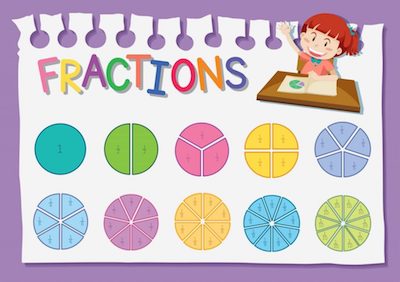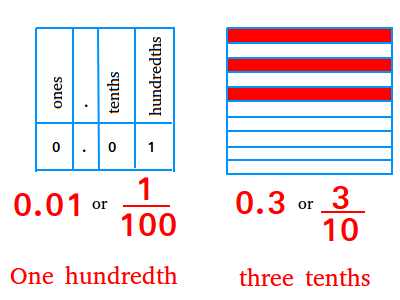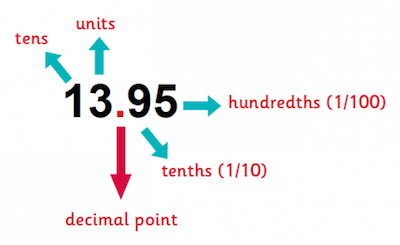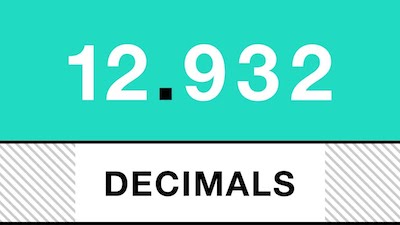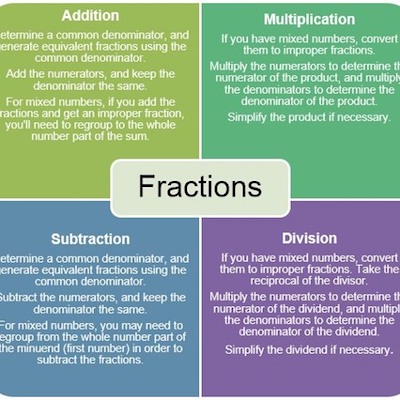When you are still in school, you may be wondering why you need to know fractions and why you need to know how to convert fractions to decimals.
The truth is that fractions are quite useful for many things in our daily lives. But to ensure that you can interpret them easily, you need to know how to convert them into decimals.
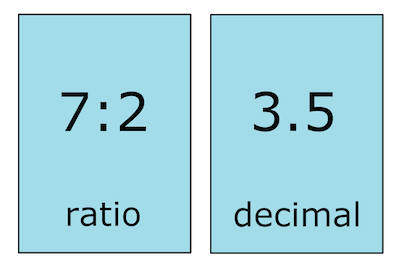
Discover everything you need to know about fractions calculations.
While there is no question that a fraction to decimal calculator is the simplest way you have to make the conversion quick and without any errors or mistakes, there are also some benefits associated with using a fraction to decimal calculator.
Benefits Of Using A Fraction To Decimal Calculator
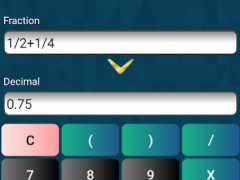
If you think of a decimal, you can easily understand that its essence is still a fraction. For example, just take the Pi number. As you know, the Pi number is usually rounded off to 3.14.
While 3.14 is a decimal number, you can still transform it into fractions. After all:
3.14 = 3 + 1/10 + 4/100.
There are more ways to decompose a decimal bus this one makes it especially easier since you will have a set of fractions with common denominators such as 1/10, 1/100, etc.
Check out our free fraction to decimal calculator.
The main benefit of using a fraction to decimal calculator and therefore using decimals instead of fractions is that they all have common denominators. And this certainly makes it easier to perform any basic calculations such as addition and subtraction. As you know, when you want to add or subtract fractions, you need to have them with the same common denominator. And this extra step may lead to errors and mistakes.
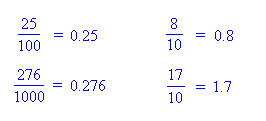
But if this is such a huge advantage, why do you keep learning fractions and how to perform different math operations with them?
Well, the reality is that there are some fractions that are easier to use as fractions instead of converting them into decimals. Just take the 1/3 example.
As you know 1/3 = 1 ÷ 3 = 0.333333…
Here, the number 3 goes on forever. So, it’s a lot easier to simply use the fraction 1/3 than its respective decimal.
In real life, it is usually a lot easier to use a decimal than a calculator. While they may b some imprecisions, these are seen as no imprecisions at all. For example, when you are measuring a kid’s height, for example. Nevertheless, when you are studying specific subjects where all decimals count, then sometimes it is better to use fractions.
Looking for a good fraction to decimal calculator?
Bottom Line
There is no question that understanding fractions and decimals is crucial. However, depending on what you do or what you are looking for, it may b preferable to use one over the other.
While they represent the same number, ultimately, you may need that extra precision on your calculations and in this case, you should definitely use fractions. On the other hand, when you want to get an approximate value, then decimals should be able to do the trick.
